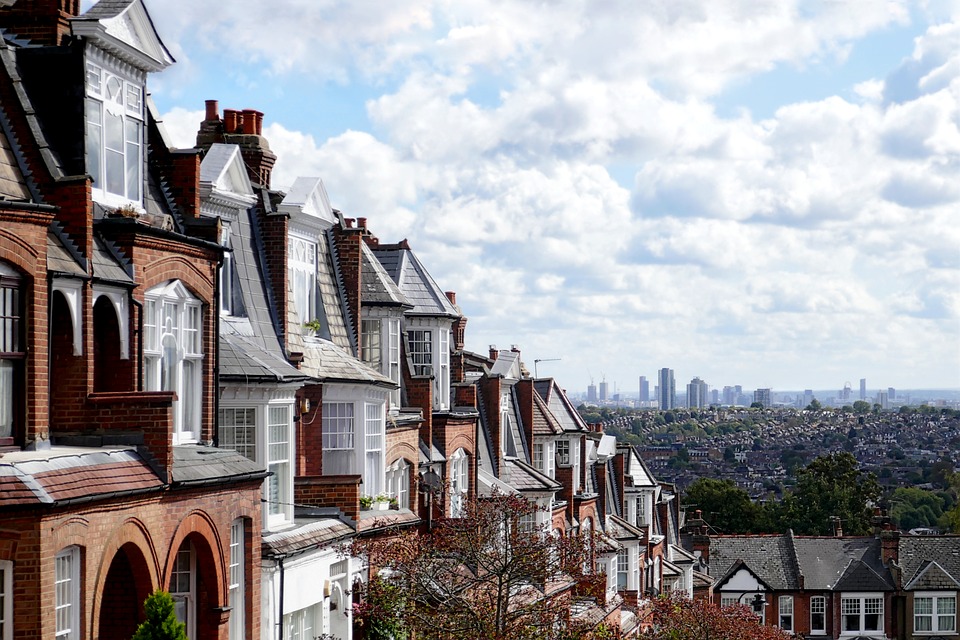The idea that ‘customer is king’ affects all industries, and has grown exponentially in importance for businesses and investors in recent years. The Covid-19 pandemic is having specific and significant impacts on the private rental sector through customer wants and needs.
Some of these are existing trends and changes, exaggerated by circumstance. Others are new. All must be considered by PRS investors. Two key areas of consumer need are relevant:
• What customers want, and are willing to pay for; and
• Consumer confidence.
The PRS market context
Before sharing my thoughts on how customer wants, needs and confidence are changing what works in the PRS in a post-Covid world, it is important to set the context.
National and international investors are attracted to the sector, as UK residential property investment has for many years offered compelling stability, growth, yield and a hedge against inflation.
The UK PRS is unique, partly due to our cultural obsession with home ownership that has come to dominate the wider housing market.
Key points
- Tenant needs are changing post-Covid
- People care more about having a garden and space to work in
- Economic confidence will be a driver of change
The sector has doubled in size in the 20 years from 2001, from 10.2 per cent to 20.3 per cent of households, according to Savills.
Since 1997, and the widespread take-up of Buy-to-Let mortgages, the make up of investors has diversified dramatically.
Savills also found that 94 per cent of the PRS was owned by individuals in 2018, with the vast majority of landlords owning four or fewer properties, and only 1 per cent owning more than 10 different properties in 2010.
The diversity of ownership has fallen since the Montague Review 2012 and a raft of regulatory changes such as mortgage interest relief via section 24.
The make-up of investors in the PRS is important because:
• It profoundly affects what the PRS actually looks like, and how it responds to Covid-19.
• In many ways, investors are considered as consumers too: you only need to watch Homes Under the Hammer, or read any major news publication, to realise how many ordinary people feel they can and should get involved with UK residential property investment.
To find out more about how we can assist you with your Mortgage requirements, please click here to get in touch
My own experience since studying land economy has predominantly been with PRS assets worth less than £5m, which make up more than 90 per cent of the £1.5tn sector.
I typically work with high-net-worth investors who want the benefits of PRS investment, without the hassle. During lockdown, I published a book on what works and what does not in this complex market.
The main message was that what works must be increasingly professional and efficient, while allowing the investor to be hands off.
Consumer appetite
So, how will Covid-19 affect customer appetites in PRS investment and the wider property market?
What consumers (tenants) want and are willing to pay for relates to buildings, service and confidence. Surveys suggest that people are thinking differently about their housing choices.
Perhaps unsurprisingly, people care more about having a garden, more indoor space, the right neighbours and local community, and space to work from home. It seems clear that ‘walk to work’ locations and layouts that facilitate working from home will be increasingly important.
On fabric of buildings, everything hinges on ability to pay. This may change in the aftermath of chancellor Rishi Sunak’s generous furlough scheme.
The truth is that there is a wider trend: what institutional investors often fail to consider, and many smaller landlords know well, is that many ordinary people, and in particular young people, are not willing to pay for what they say they want when you ask them.
This will need to be considered by PRS investors in a post-Covid world. What is more, appetite changes fast. The idea that ‘yesterday’s news is today’s fish and chip wrapper’ seems rather old hat to anyone who understands TikTok.
The PRS is not just about buildings, but also about service. On this, Helen Gordon, chief executive of Grainger, got it right when she described a core focus on innovation, communication and improvement. Kindness, compassion and a flexible, responsive service driven by technology is key. To an extent, the former of these have been necessitated by the ‘moratorium on evictions’ through Covid-19.
Economic confidence will also prove a key driver of change. There are widespread reports of PRS tenants handing back keys and moving back in with their families. Key life decisions are being delayed, whether due to cancelled weddings or employment status nerves.
The desire for more and better inside and outside space, combined with economic necessities and Covid-inspired nerves have resulted, in many parts of the country, in a correction in the ‘shrinking households’ phenomenon that has accompanied later settling down, and fewer/later lasting marriages, in favour of higher voids. This may not prove permanent, but it will certainly be relevant in the short to medium term.
Investors as consumers, and what they want
While tenant needs are key, there is another relevant group of ‘consumers’, who are acting as investors in the PRS. Side-line landlords have been on the decline due to market and regulatory changes, but what these investors want remains a key driver in the PRS.
What investors want in a post-Covid world is confidence, above all else. This is the currency of the era, and it seems to be worth more than data and oil combined.
They want yield and an inflation hedge. Mass government stimuli and long-term low interest rates are creating an unprecedented appetite for yield. Individual investors in a post-Covid world want this without the increased hassle (for example, more effort around health and safety, and increased need for tenant communications such as that around payment of rent and job security) associated with investing directly.
More professional delivery of PRS-focused investments targeted at ordinary investors seems essential to meet this growing demand.
The truth is, real estate is not about inanimate objects. Much like the internet, powerful businesses and governments effectively control access, and its content both shapes and reflects the pulse of the nation.
In a post-Covid world, we will of course need increased focus on public health in PRS products and services. Investors and operators must consider what tenants want, need and are willing to pay for, and do our best to deliver excellent customer service to tenants.
In many ways, I believe there has never been a better time for investors to access the PRS.
What needs to change is the way so many investors access this sector: it must be professional, efficient, and underpinned by superior technology, systems and customer service if it is to work for tenants and investors alike, in a post-Covid world.
By Anna Clare Harper
Source: FT Adviser








